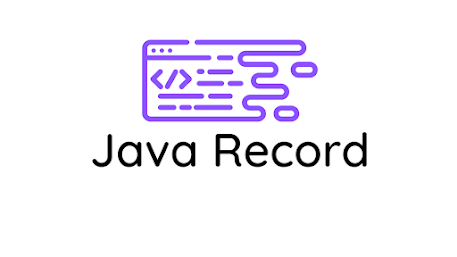Hello guys, when it comes to defining data structures in Java, two primary options are at your disposal: records and classes. Each has its unique characteristics and use cases, and understanding the differences between them is crucial for making the right design choices in your Java applications. This has now also become a popular Java interview question and asked to one of my reader recently as well. Java classes have been the cornerstone of object-oriented programming for years, offering full customization and flexibility. They allow you to define complex objects with custom behavior, encapsulation, and fine-grained control over state changes.
However, this flexibility often comes at the cost of writing boilerplate code for common tasks like equals(), hashCode(), and toString() methods.
On the other hand, Java records are a relatively recent addition to the language, introduced in Java 16. They provide a simplified and concise way to define data classes with a focus on immutability and reduced verbosity.In this article, we will explore the key differences between Java records and classes, their intended use cases, and when to choose one over the other.
Difference between Class and Record in Java
In Java, both records and classes are used to define data structures and define the blueprint for objects. However, they have some key differences in terms of their intended use, syntax, and capabilities:Classes:
Customization: Classes offer full customization and flexibility. You can define fields, methods, constructors, and implement complex behaviors.
Mutable: By default, objects created from classes are mutable, which means you can change their state after creation by modifying their fields.
Explicit Field Declaration: In classes, you need to explicitly declare fields, constructors, and methods. You have control over field visibility (private, protected, public) and can define custom accessors and mutators.
Boilerplate Code: Classes often require writing boilerplate code for constructors, equals(), hashCode(), and toString() methods, which can be repetitive and error-prone.
Use Cases: Classes are suitable for modeling complex objects with behavior, encapsulation, and control over state changes. They are a good choice when you need to define domain-specific logic and data structures.
Records:
Simplified Syntax: Records provide a simplified syntax for defining data classes. They are concise and remove a lot of the boilerplate code typically associated with classes.
Immutable: Objects created from records are immutable by default. Once a record object is created, you cannot change its state. This helps ensure data consistency and eliminates accidental mutations.
Automatic Field Handling: Records automatically generate field declarations, constructors, equals(), hashCode(), and toString() methods based on the declared components (fields). This reduces the amount of code you need to write and maintain.
Final Fields: Fields in records are implicitly declared as final, making them effectively constant once initialized.
Use Cases: Records are designed for simple data carrier classes where the primary purpose is to store data with minimal behavior. They are particularly useful for representing data transfer objects (DTOs), configuration objects, or simple data structures.
Java Class and Record Example
Here's a comparison between a class and a record to represent a point in 2D space:
/// Using a class
class Point { private int x; private int y; public Point(int x, int y) { this.x = x; this.y = y; } public int getX() { return x; } public int getY() { return y; } @Override public boolean equals(Object o) { if (this == o) return true; if (o == null || getClass() != o.getClass()) return false; Point point = (Point) o; return x == point.x && y == point.y; } @Override public int hashCode() { return Objects.hash(x, y); } @Override public String toString() { return "Point{" + "x=" + x + ", y=" + y + '}'; } } // Using a record record Point(int x, int y) {}
You can see that in this example, the record version is much more concise and automatically generates equals(), hashCode(), and toString() methods, making it more suitable for simple data representation. The class version provides more flexibility and control but requires writing more code.
If you look closely, Record are resemblance more with Lombok library then class in Java. Just like Lombok annotations allowed you to just define field and Lombok take care of defining constructor, equals, hashcode etc, Record does the same thing but now you don't need a third-party library.
Conclusion
In the world of Java programming, the choice between records and classes often boils down to the specific needs of your application. Each has its own set of strengths and use cases, and understanding when to use one over the other can significantly impact your code's clarity, maintainability, and efficiency.
Java classes, with their rich customization options and flexibility, are best suited for modeling complex objects with intricate behavior. They excel in scenarios where you need fine-grained control over state changes, encapsulation, and domain-specific logic.
While classes offer this extensive control, they come with the burden of writing and maintaining boilerplate code for commonly required methods.
Java records, introduced more recently in the language, address the need for simplicity and conciseness when dealing with data structures. They shine in scenarios where your primary goal is to store and transfer data with minimal associated behavior.
Records are particularly useful for defining data transfer objects (DTOs), configuration objects, or any situation where you want to eliminate the repetitive code associated with classes.
Ultimately, the choice between records and classes should align with the nature of your data and the level of customization required. Striking the right balance between flexibility and simplicity will enable you to write more expressive and efficient Java code that meets your application's specific needs.
As you continue your journey in Java development, keep in mind that both records and classes are valuable tools in your toolbox. Leveraging their respective strengths in the appropriate contexts will contribute to more robust and maintainable Java applications.

No comments:
Post a Comment
Feel free to comment, ask questions if you have any doubt.